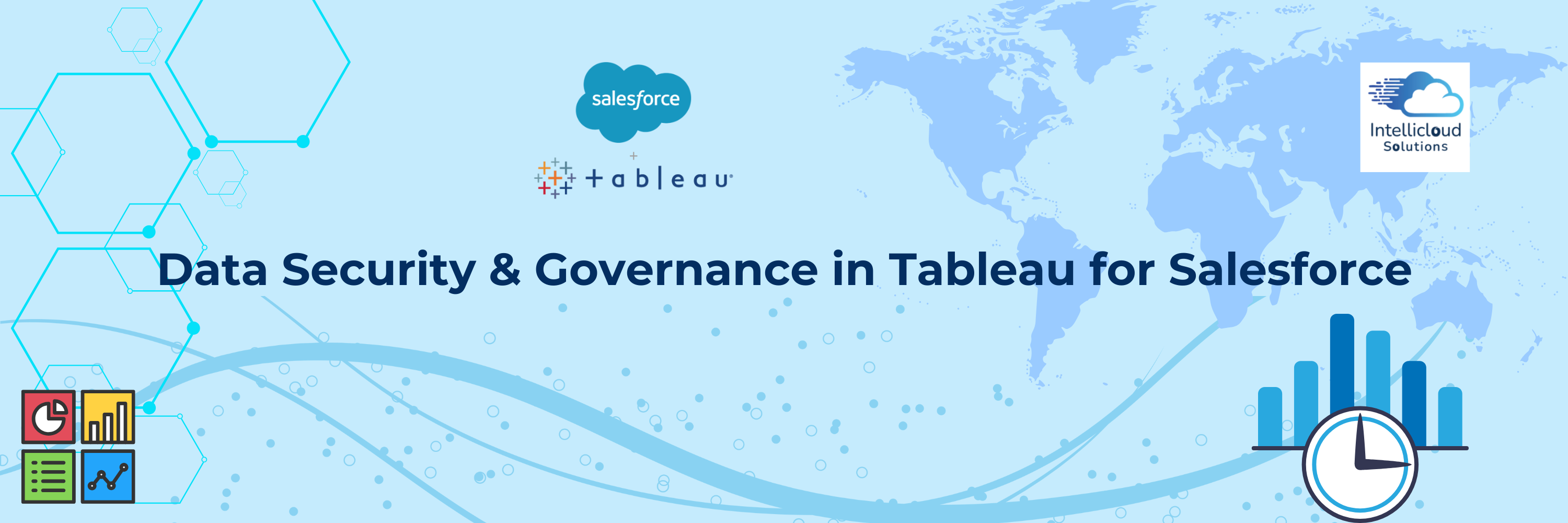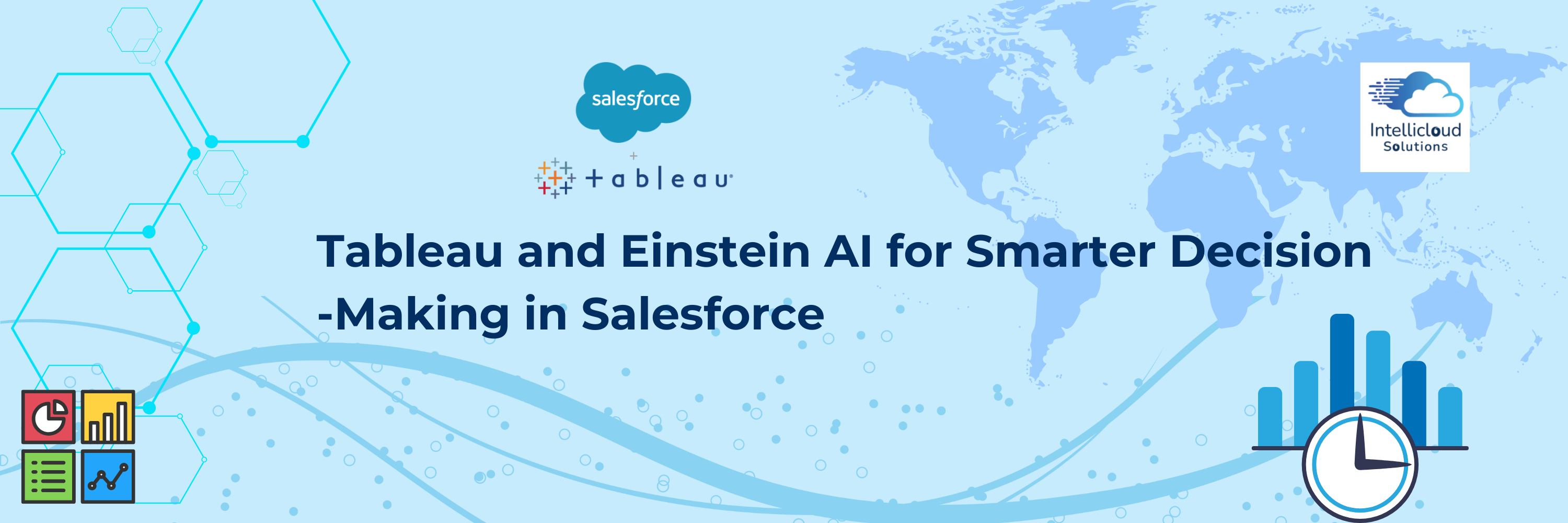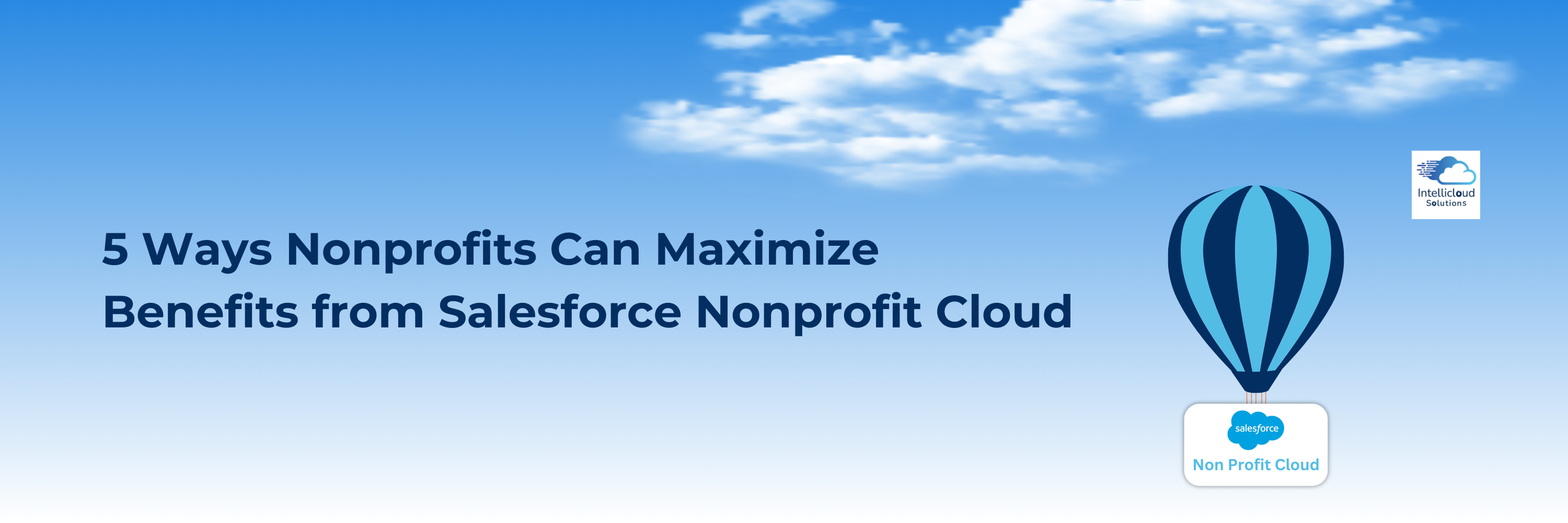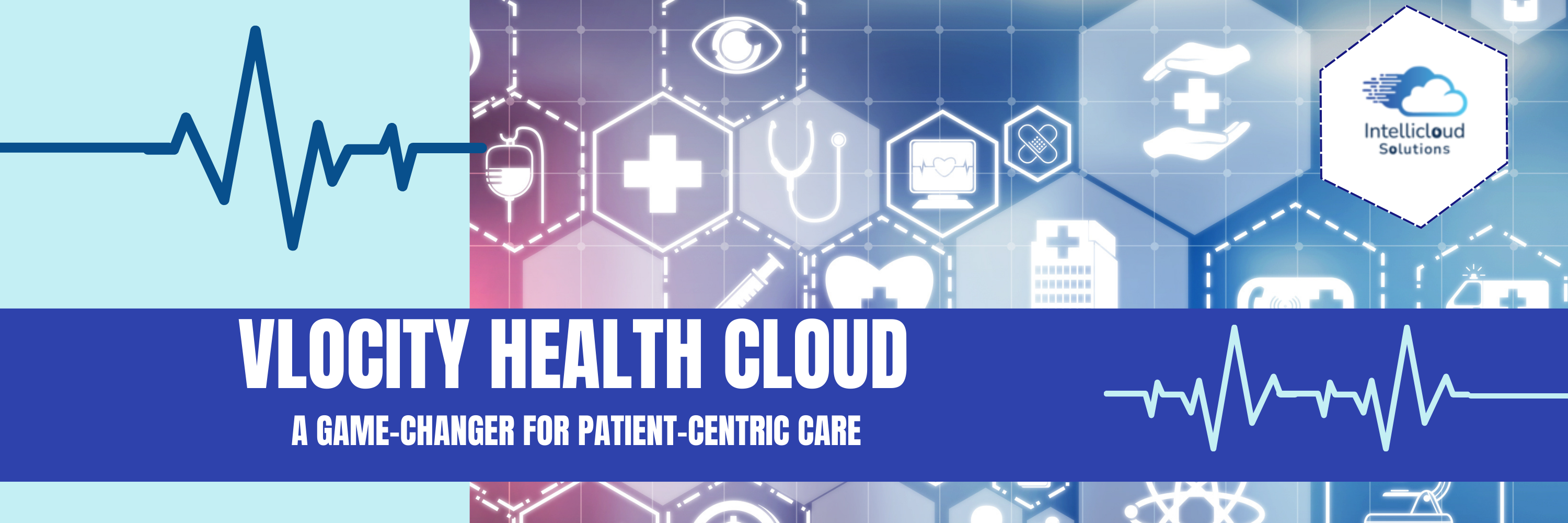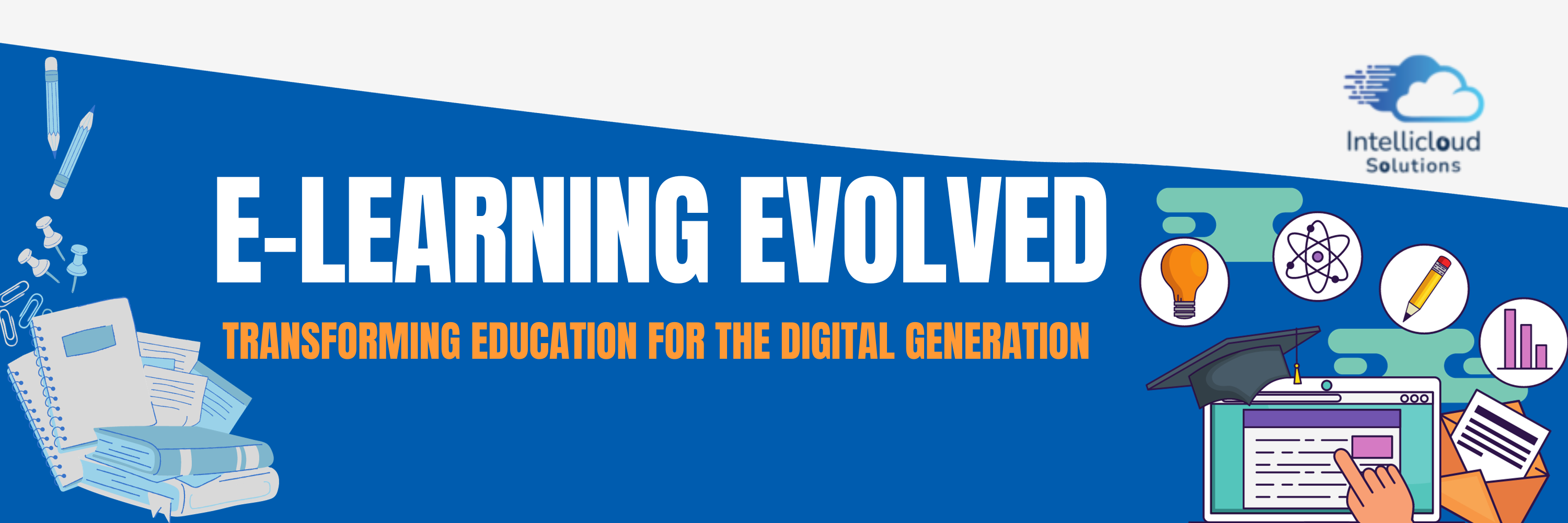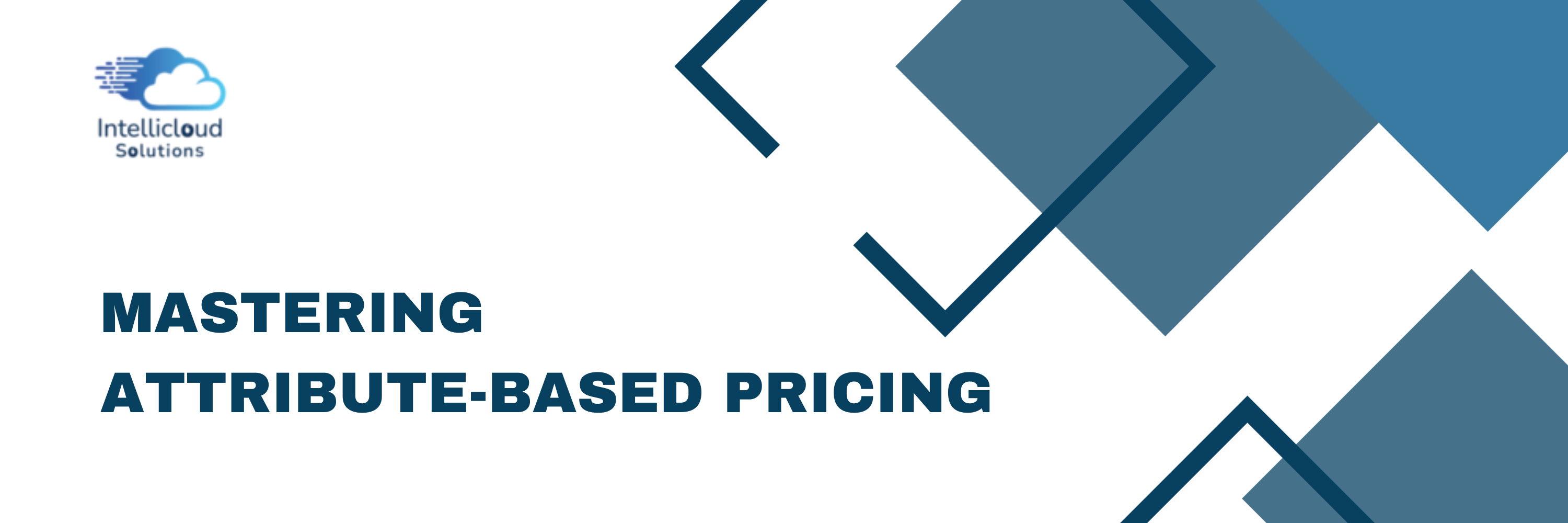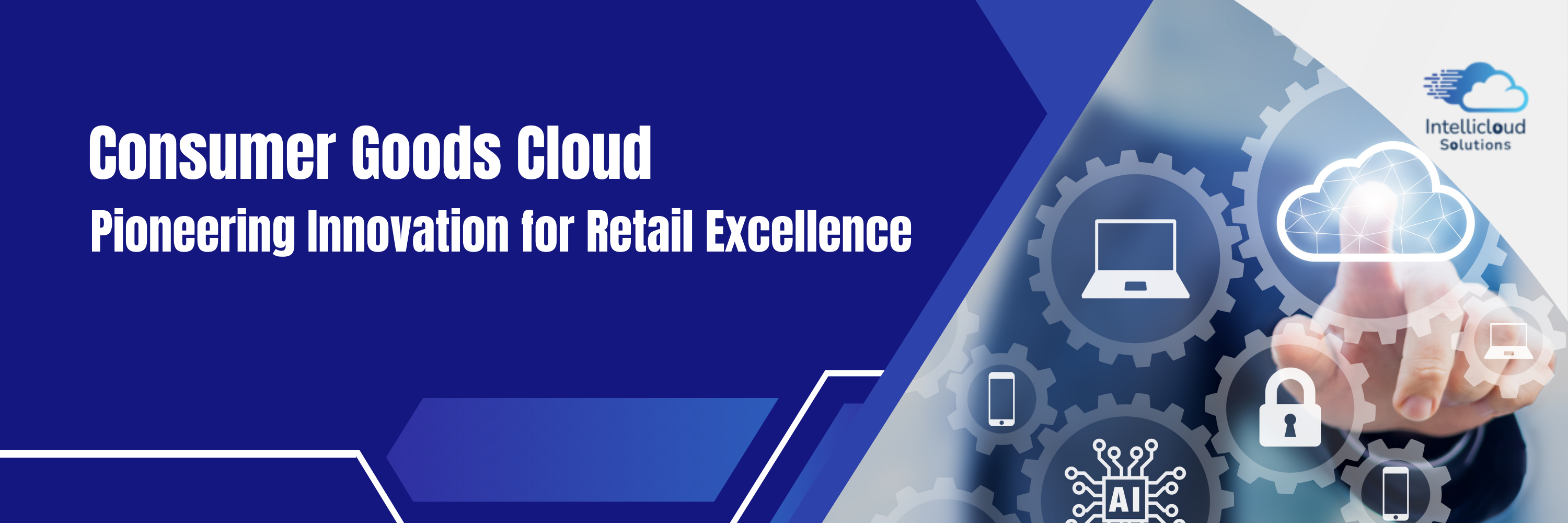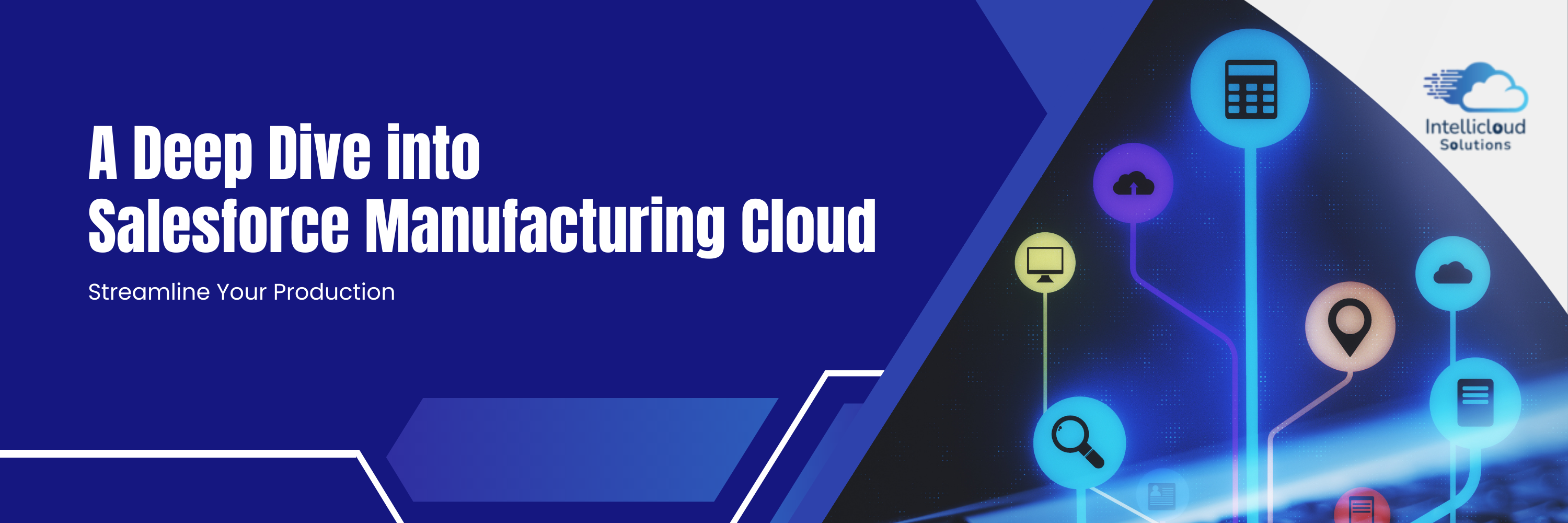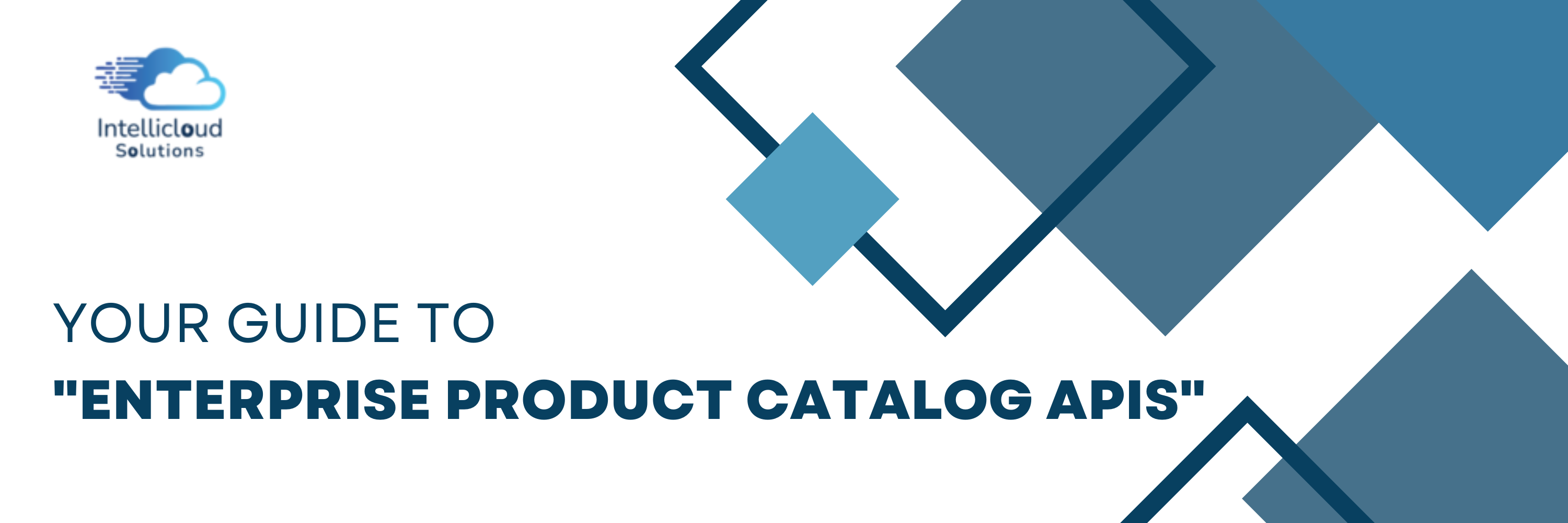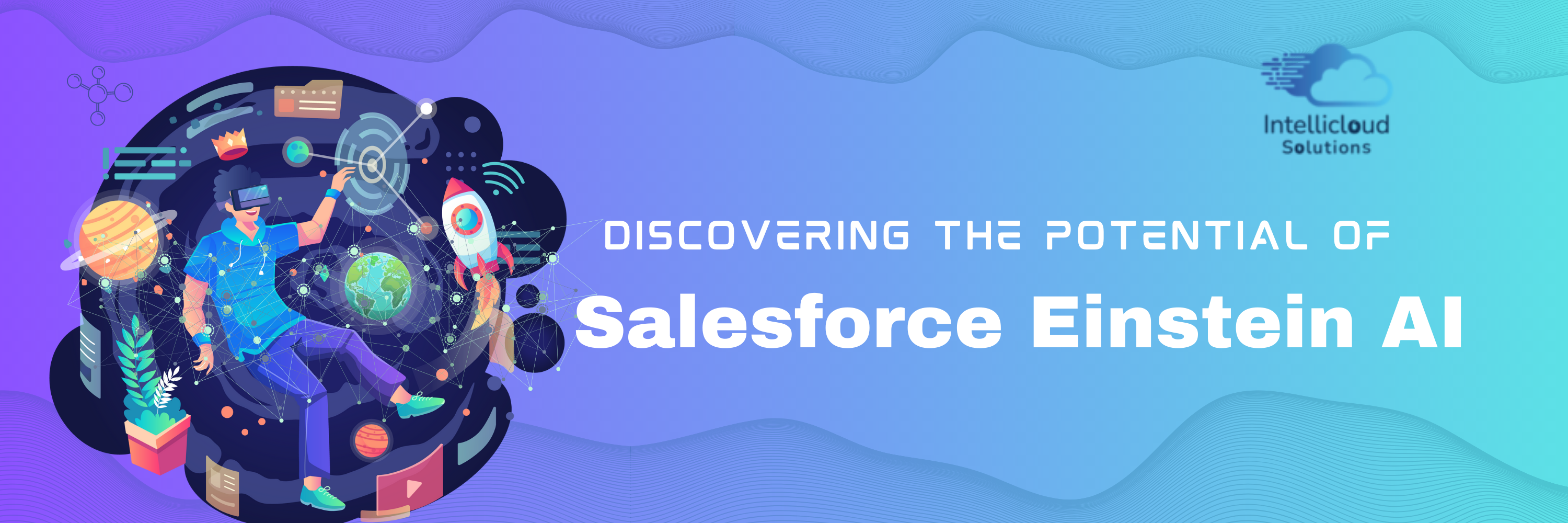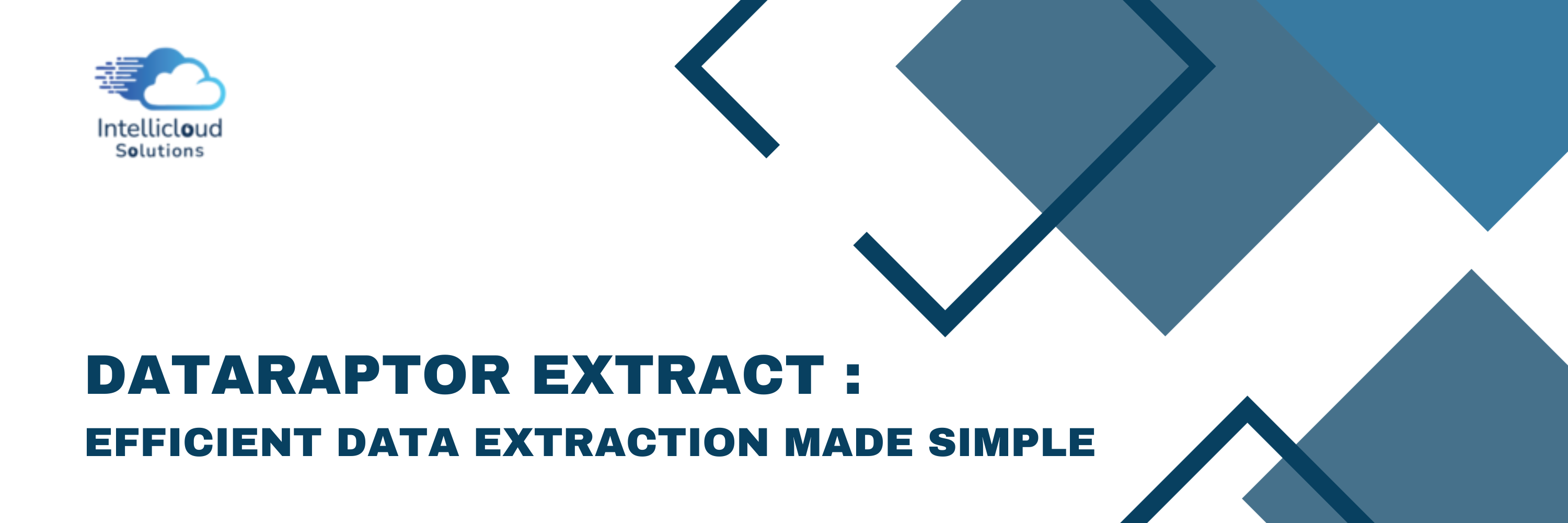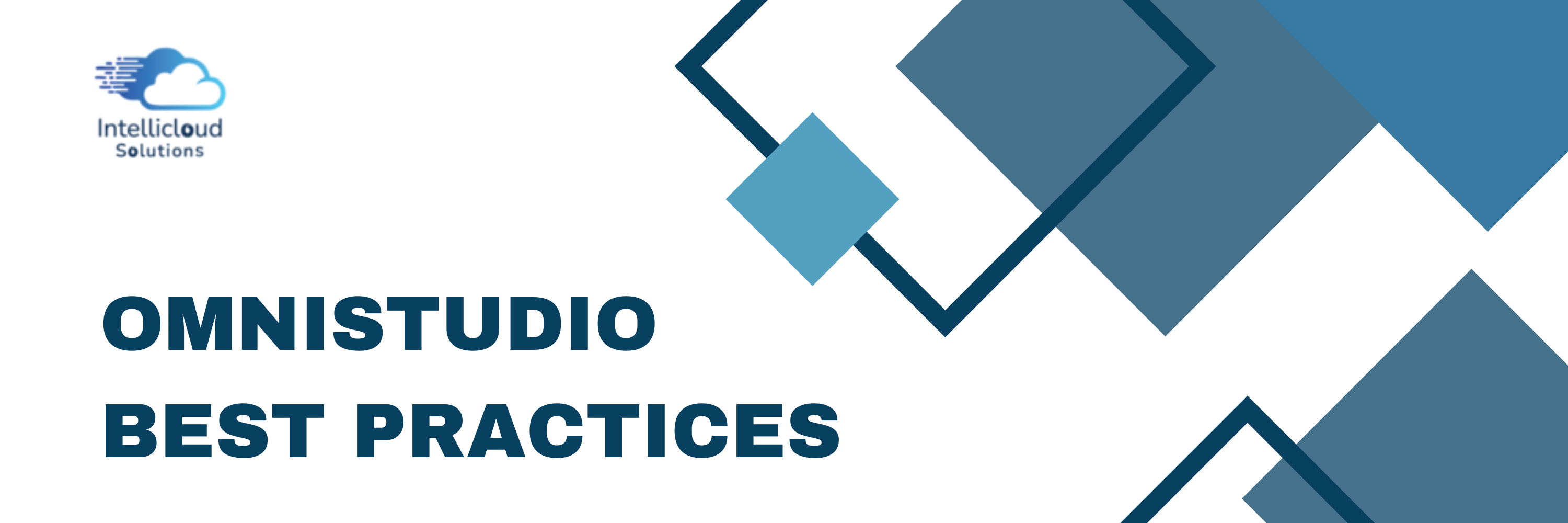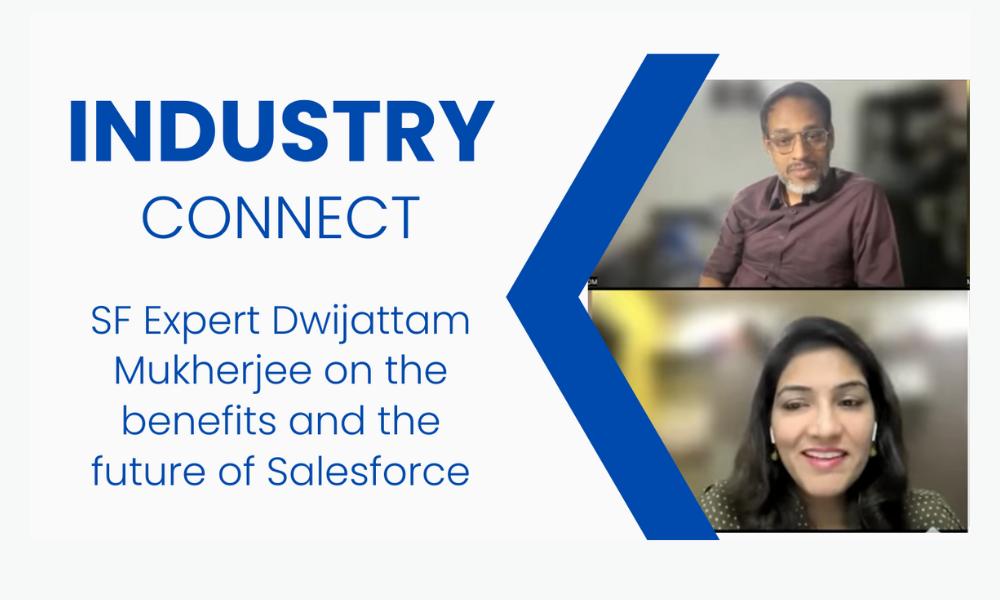In any industry, companies and consumers depend on each other, making it irrelevant which came first. Today, providers also seek business solutions for their own IT needs. Enterprise software development addresses this by creating reliable, business-focused solutions that prioritize unique requirements, enhancing flexibility and strength for businesses.
You are probably curious how this works. Let's dive into an in depth clarification of business enterprise software to discover.
Table of content:
- What is Enterprise Software ?
- What is Enterprise Software Development ?
- Enterprise Software Systems: Its Types
- Development Flow of Enterprise Software Development
- Tech Stack Used in Enterprise Software Development
- Enterprise Software Development Best Practices
- How to choose development team
What is Enterprise Software ?
Enterprise software or enterprise application software, is computer applications designed for businesses and organizations to assist them manage their daily operations and duties. It consists of gear for communication, monitoring inventory, dealing with purchaser relationships, dealing with bills, reading statistics, and making plans assets. Businesses use enterprise software to improve efficiency, grow their operations, and create custom solutions for their specific needs.
Enterprise software plays a vital role in everyday business activities and essential operations within many organizations.
In 2023, global IT spending on enterprise software reached about 913 billion U.S. Dollars, marking a 12.4% boom from the 12 months before.
What is Enterprise Software Development ?
Enterprise Software Development is the process of making software tailored to meet the needs of businesses and organizations. This includes features such as customer relationship management (CRM), business intelligence (BI), enterprise resource planning (ERP), online payment processing, accounting, operations and order control.
Enterprise software development is a key aspect in addressing many challenges massive organizations face, which include improving internal communication, minimizing mistakes, and enhancing employee delight. This software additionally allows businesses to automate tasks, streamline methods, and improve productivity.
The motive of enterprise software is to assist businesses run more successfully, improve collaboration among teams, and offer offer better experiences to their clients. When developing enterprise software, it's important to conduct thorough studies to recognize the specific desires and goals of the organization, allowing for customized solutions that directly deal with business challenges.
Enterprise Software Systems: Its Types
Enterprise software encompasses a variety of types designed to help organizations manage different aspects of their operations. Here are some common types:
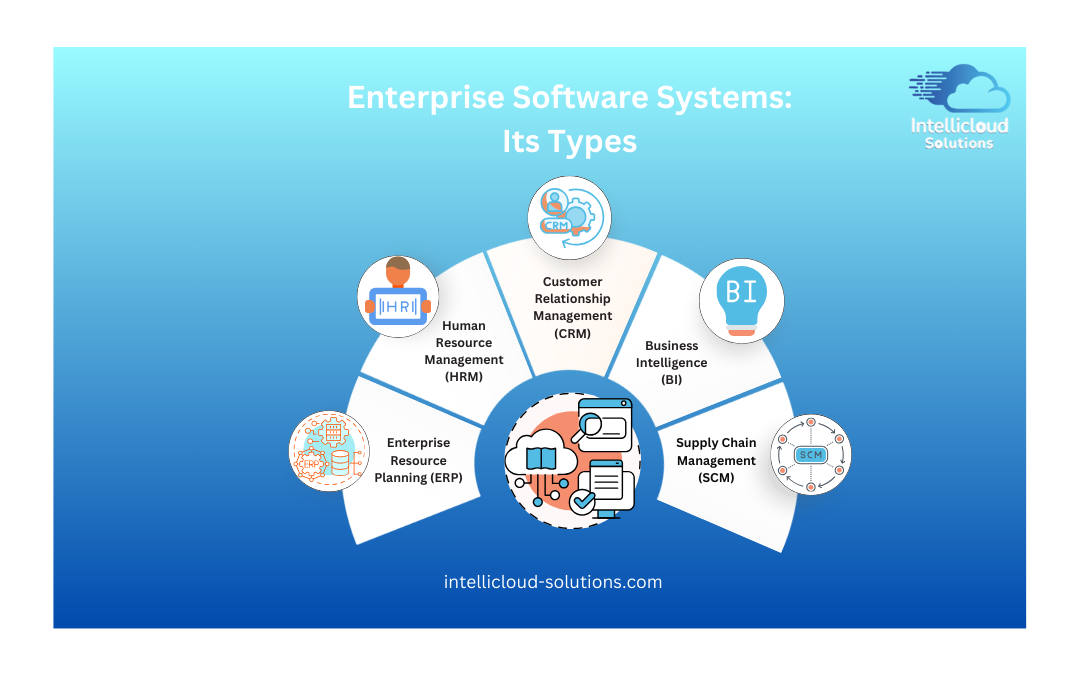
Enterprise Resource Planning (ERP): Integrates various business processes such as finance, HR, sales, and supply chain management into a single system.
Human Resource Management (HRM): Handles employee-related processes such as payroll, recruitment, training, and benefits.
Customer Relationship Management (CRM): Manages interactions with clients, including sales, marketing, and customer service.
Business Intelligence (BI): Analyzes data to help organizations make informed decisions and track performance.
Supply Chain Management (SCM): Oversees the flow of goods and services from providers to clients, including inventory and logistics.
Development Flow of Enterprise Software Development
The development flow for enterprise software typically involves numerous stages to make sure the creation of robust, scalable, and high-quality software solutions. The key stages of the development flow are:
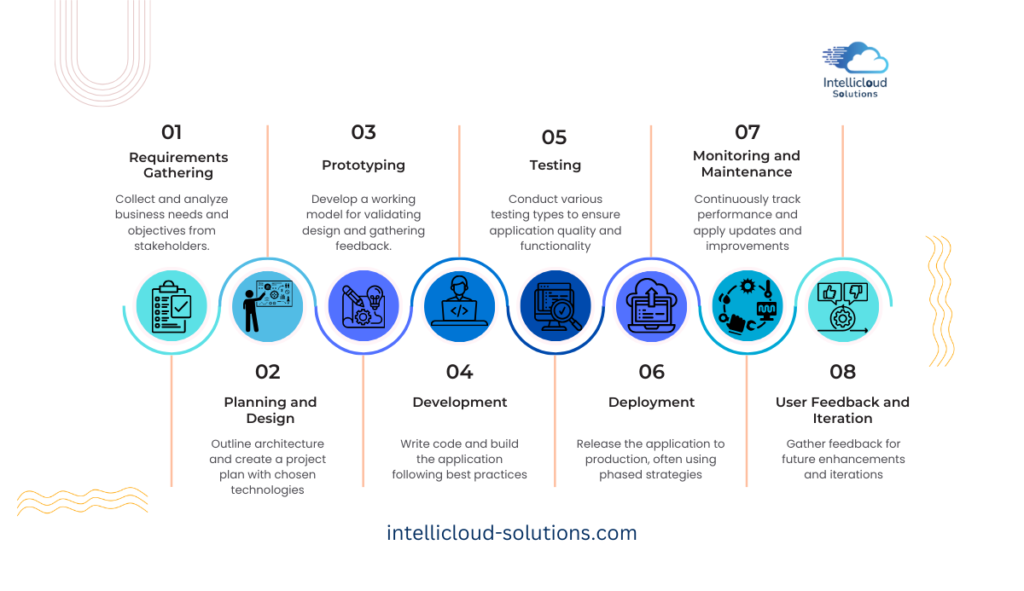
Requirements Gathering: Collect and analyze business needs and goals from stakeholders.
Planning and Design: Outline structure and create a project plan with chosen technologies.
Prototyping: Develop a working model for validating design and gathering feedback.
Development: Write code and build the application following best practices.
Testing: Conduct various testing types to make sure application quality and functionality.
Deployment: Release the application to production, often using phased strategies.
Monitoring and Maintenance: Continuously track overall performance and apply updates and upgrades.
User Feedback and Iteration: Gather feedback for future upgrades and iterations.
Tech Stack Used in Enterprise Software Development
In enterprise software development, the tech stack is chosen based on factors such as the project's specific needs, scalability, performance, and maintainability. Here are common components of the tech stack used in enterprise software development:
In enterprise software development, the tech stack is chosen primarily based on factors such as the project's specific needs, scalability, performance, and maintainability. Here are common components of the tech stack used in enterprise software development:
Frontend Technologies: Modern JavaScript frameworks like React, Angular, and Vue.js are often used for developing dynamic and interactive user interfaces. HTML5 and CSS3 are important for building the structure and design of web pages.
Backend Technologies: Backend frameworks such as Spring Boot (Java), .NET (C#), Node.js, and Django (Python) offer the infrastructure for server-side logic, APIs, and database interactions.
Databases: Relational databases like PostgreSQL, MySQL, and Oracle are popular for structured data storage, while NoSQL databases like MongoDB and Cassandra are used for unstructured data and high scalability.
Cloud Platforms: Cloud services such as AWS, Microsoft Azure, and Google Cloud Platform offer infrastructure, services, and tools for hosting and managing enterprise applications.
DevOps Tools: Tools such as Jenkins, GitHub Actions, GitLab CI/CD, and Docker help automate the development, testing, and deployment processes.
Testing Frameworks: Tools like JUnit (Java), NUnit (C#), Pytest (Python), Selenium, and Jest (JavaScript) are used for various types of testing, including unit, integration, and end-to-end testing.
Monitoring and Logging: Tools such as Prometheus, Grafana, and ELK Stack (Elasticsearch, Logstash, Kibana) help display software overall performance and log data.
Enterprise Software Development Best Practices
Enterprise software development best practices focus on delivering robust, scalable, and secure software solutions tailored to large organizations. These practices include defining clear business requirements to guide development and using a modular architecture for maintainability and scalability. Security by design incorporates measures such as encryption and access control from the outset, while continuous testing ensures quality throughout development.
High code quality is achieved through coding standards and peer code reviews, while agile methodologies enable iterative development and adaptability. Continuous integration and deployment (CI/CD) automate build, test, and deployment processes for efficient releases. Prioritizing usability and user-centric design enhances user experience and adoption.
Performance monitoring and optimization involve tracking and improving software performance for responsiveness and resource efficiency. Comprehensive documentation supports maintenance and onboarding, and adherence to legal and industry regulations ensures compliance. Gathering user feedback and iterating on the software drives continuous improvement and alignment with user needs and business goals.
How to choose development team
When choosing a development team for an enterprise software development, prioritize expertise in software development and proficiency with your tech stack. Look for domain knowledge, strong communication skills, and problem-solving abilities. Ensure the team follows project management methodologies like agile methodology and quality assurance practices. Flexibility and adaptability are key for handling changes, while client references suggest popularity and reliability. Consider cultural fit, location and availability, and cost to align with your organization's culture, values, and budget.
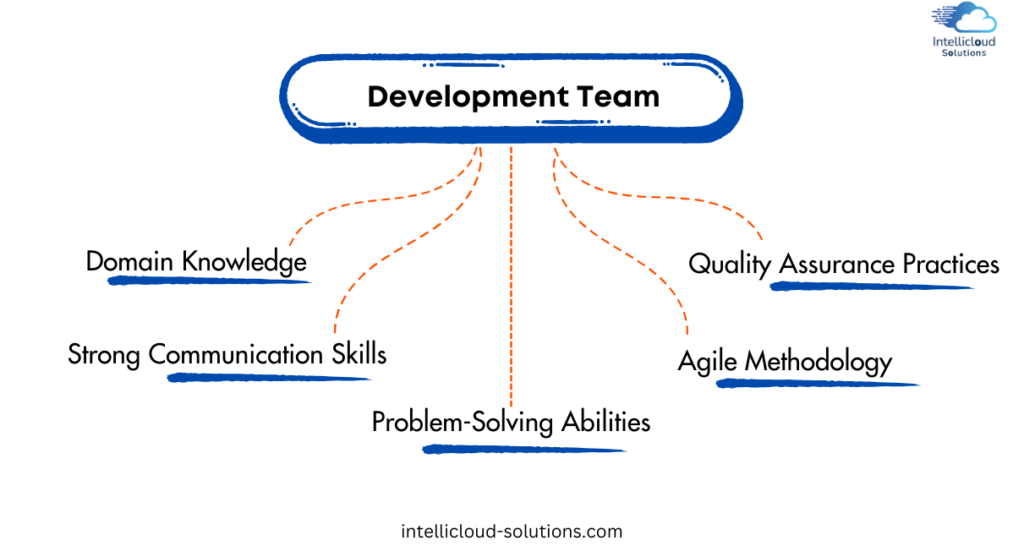
Wrap Up
Enterprise software development is essential for businesses to streamline processes, boost productivity, and stay ahead in their industry. By recognizing the importance of enterprise software development, including its benefits and challenges, organizations can create secure and effective software tailored to their needs.
Following best practices helps ensure successful solutions that support business goals. Exploring various types of enterprise software allows companies to utilize technology to enhance operations and achieve their goals.
Intellicloud Solutions Expertise
Intellicloud Solutions is a software consulting firm specializing in the development of complex enterprise software tailored to your specific needs. We leverage the most suitable and cutting-edge technologies to create strong solutions that support your business's growth and adaptability.
Our team of experts has extensive experience in building software solutions for a wide range of architectural types, enabling your business to expand and evolve efficiently.
To learn more about our previous projects and capabilities, we invite you to explore our profile and connect with us. Let us assist you elevate your business with innovative software solutions.
